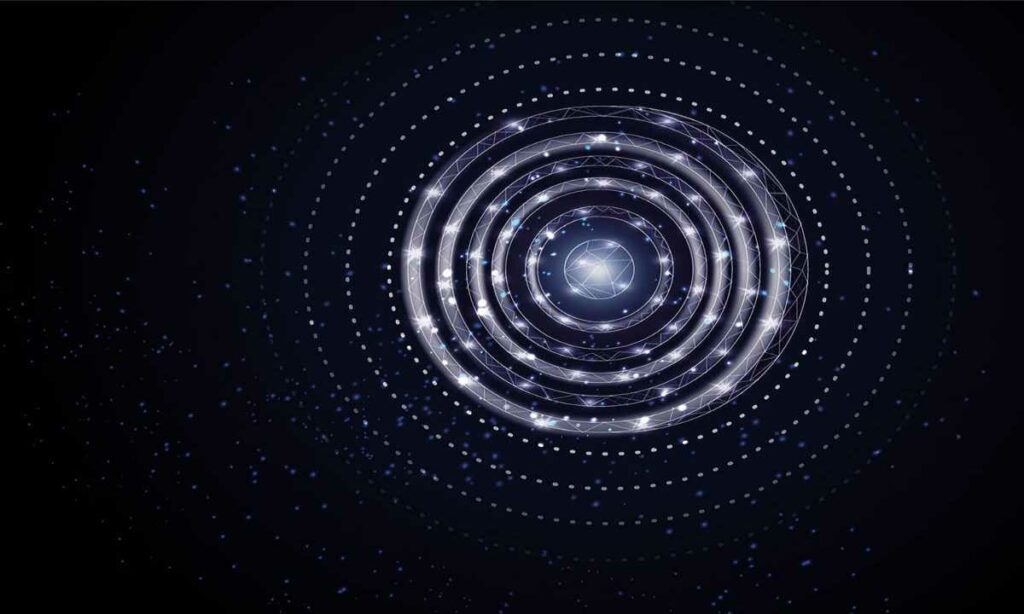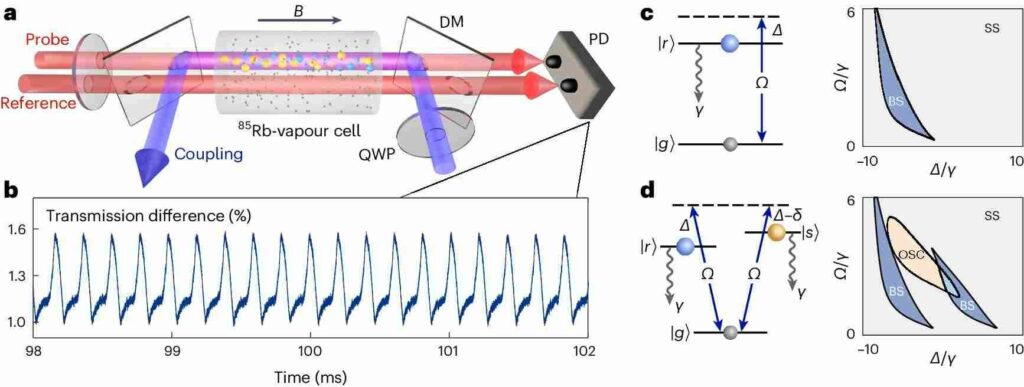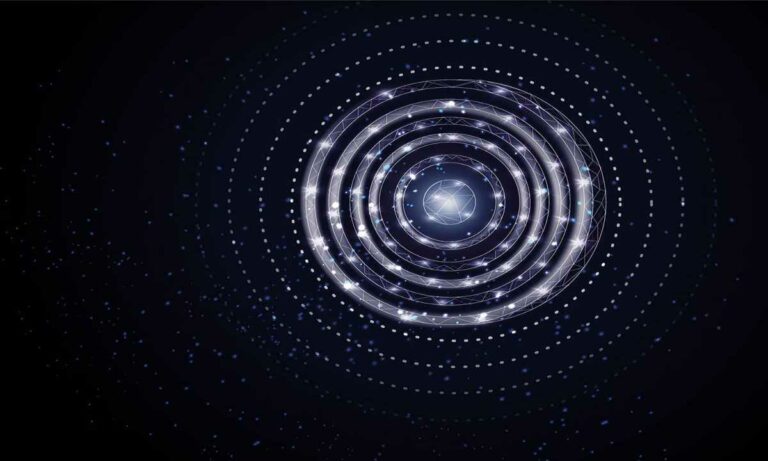Scientists Successfully Create a Time Crystal Using Giant Atoms
Crystal is an arrangement of atoms which has a periodic structure that is repeated at every point in space. The concept of time crystal was actually conceived in 2012 by a Noble laureate Frank Wilczek. He was wondering if such a system can have a periodic rhythm and got no external rhythm, and the relations between the particles being independent of time.

It is worth explaining that for many years, Wilczek’s idea has produced a great debate. Some people stated that time crystals were not possible at all, and others tried to find out the ways to implement them in certain circumstances.
Now, a remarkable type of time crystal has been successfully generated at Tsinghua University located in China and with a support from TU Wien in Austria. The researchers employed laser light and some rare and big atoms called Rydberg atoms which were some hundreds of times larger than the normal size of an atom. The result of this research is published in Nature Physics.
Spontaneous symmetry breaking
The movement in time is periodic, for example, the ticking of a clock is not an independent phenomenon; someone has to wind the clock up and then set it going at the right time and thereafter it is the clock that determines the intervals of the ticks. Wilczek’s idea of a time crystal is an object that should have an intrinsic time structure created independently of external events and where there is no difference between ordinary and crystalline time.

The number of ticks depends on the physical parameters of the system, but the exact time of the ticks is purely stochastic—a concept referred to as spontaneous symmetry breaking, says Prof. Thomas Pohl from the Institute of Theoretical Physics at TU Wien.
Pohl supervised the theory-related part of the study that helped in the identification of a time crystal in Tsinghua University in China. This was done in the experiment where laser light was introduced into the chamber which contains rubidium atoms and the intensity of the light detected at the far end was recorded.
“What is done here, in fact, is just a static experiment in which no certain tempo is set for the system,” Pohl said. During interactions between the light and atoms, the discreet nature of laser beam remains unaffected by variations in intensity. Still, to their surprise, the intensity recorded at the end of the glass cell proved to dance to periodic patterns.
Giant atoms
Higher precision in the final positions of the atoms was goverened by the outcome of a complex experimental situation, the key of which lie in preparing the atoms in a special manner. Electrons of the atom can move in circular paths around the nucleus depending on energy level of electrons. If energy is added to an outer electron it will be moved to orbit around the nucleus at a larger distance as compared to its usual position.
Under certain circumstances this distance can be some several hundred times larger then normal, thus yielding what are called Rydberg atoms that exhibit immense electron shells.
“When the atoms in our glass container are in these Rydberg states and their diameters become enormous, the forces between atoms also increases,” said Pohl.
“This change in atomic interactions determines how they interact with the laser light; this is by using a laser whose frequency triggers two different Rydberg states within a single atom concurrently, thus, creating a feedback mechanism that leads to auto-oscillations between these two states and auto-oscillations in the absorption of laser light. ”
The giant atoms gave a naturally regulating rhythm, which would show in how dim or bright the light measured at the end of the glass container was.
“We have built a more effective mechanism that presents a solid basis to study the time crystal paradigm in harmony with what Frank Wilczek envisioned it to be. ”
“Such precise self-sustained oscillations may have use in sensors because giant Rydberg atoms have been used in similar technologies in other capacities. ”
Reference: Xiaoling Wu et al, Dissipative time crystal in a strongly interacting Rydberg gas, Nature Physics (2024). DOI: 10.1038/s41567-024-02542-9. On arXiv: arxiv.org/html/2305.20070v3
Do not forget to share your opinion with us to provide you with the best posts !




0 Comments